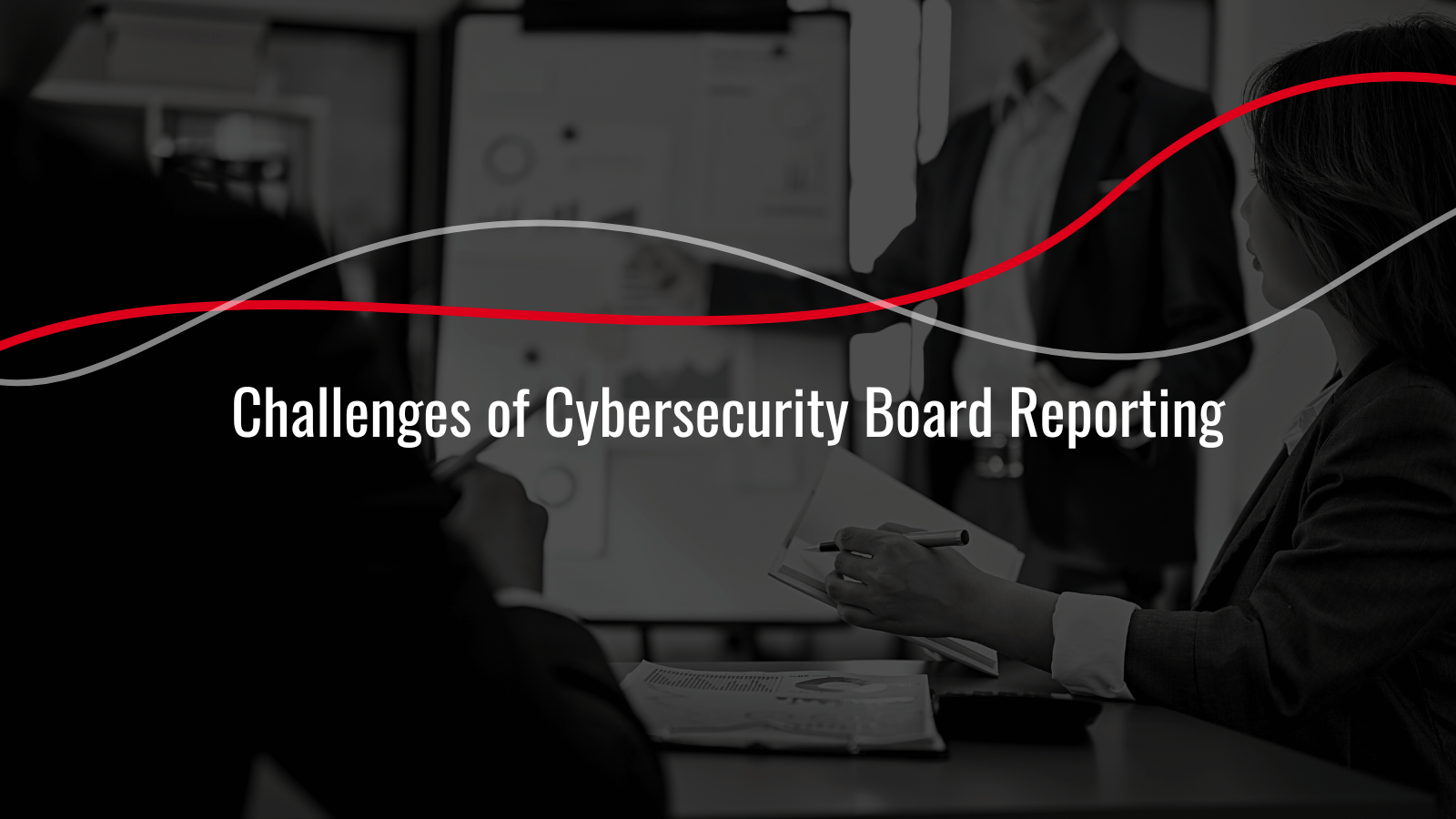
Many chief information security officers (CISOs) find the prospect of reporting on cybersecurity to the board of directors daunting. However, doing so allows them to keep the boards updated on the company’s cybersecurity status and prepare them for potential cyberattacks.
It is essential to provide decision-makers with insights to allocate the proper cybersecurity budget annually, which is especially important considering that the number of cyberattacks increased by 42% in the first half of 2022 compared to the same period in 2021.
On the other hand, many board members and directors in various organizations complain about not getting enough information or not comprehending the information presented to them in cybersecurity reports.
This article will discuss board members’ challenges in reviewing cybersecurity reports.
What is a CISO board report?
The Chief Information Security Officer (CISO) ’s report to the board of directors provides an in-depth review of the company’s cybersecurity threats. The board gains a greater understanding of the importance of security investment and can better foresee possible cyber risks and take proactive measures to secure both company and customer data.
What challenges do the board face in understanding a CISO report?
The absence of a common language to use in the reports
The cybersecurity reports are written, naturally, by cybersecurity experts. Those experts use specific terminology that not all people can understand. It may be easy and simple for them, but it is not easy for board members who are not cyber experts.
For example, these are a few of the most common terminologies used by cybersecurity experts, which for a C-suite executive might seem a little bit odd.
- Botnet: A computer network infected with a virus working non-stop to create a security breach
- DDoS: Distributed Denial of Service, which is causing the system to lock up and forcing it to shut down temporarily
- Phishing: hackers posing as a legitimate organization or business to fool the victim into giving them critical personal information
- Spoofing: when a hacker changes an email’s IP address so that it seems to come from a trusted source
- Man in the Middle Attack: breaking the Wi-Fi’s encryption to steal personal data because they are now in the system
- Clickjacking: when someone is tricked into clicking on an object on a web page while trying to click on another
- Malware: using a wide variety of harmful software to infect or damage a system. Worms, ransomware, and viruses are considered malware. It is most often delivered via spam emails
Board members usually understand the language of numbers and financials; therefore, addressing them with cybersecurity terms such as the above-mentioned makes it difficult to acknowledge the risks and act accordingly.
With so many cybersecurity resources available online for C-suit executives, time is a critical factor, and not all have the time or mindset to educate themselves about such topics.
Software solutions like Salience by Humanize appeared to address these concerns and provide readable reports closing the gap between board members and cybersecurity experts.
The absence of details clarifying the huge financial damages
The board is primarily concerned with finances, but they can be convinced of the necessity of a cybersecurity strategy by showing them figures and the potentially catastrophic expenses of cybercrimes.
For example, according to Forbes, the expenses of cyberattacks on U.S. businesses in 2021 were more than $6.9 billion. However, only 43% of those businesses believe they are financially prepared to confront a cyber-attack in 2022.
In the case of a cybersecurity breach, the intended victim may be the company’s digital assets, bank account, or the information of its customers. Customers will be entitled to refunds and an official apology from the company; Furthermore, some customers may sue the company or sever relations altogether, adding to the company’s financial losses and causing irreparable harm.
The value of the report from the cybersecurity board would be diminished if it lacked such specifics and instances.
The board members will better grasp the report if the potential financial losses are laid out in a straightforward and easy-to-understand manner.
Including too many technicalities in the reports
Caring about the details and technicality of the organization’s cybersecurity is the job of the chief information security officer, not the c-suite. Technicalities can make the report seem too complex and inapprehensible by the board members.
All the board members need to know is the organization’s cybersecurity threats, the risks, what should be done to protect the organization’s information and its clients, and how much the company should invest in cybersecurity including the technicalities of how to do things, how the team is taking precautions, and how cybersecurity works can confuse the c-suite and complicate the reports.

Not communicating enough or doing it when it is too late
The only way to effectively communicate cybersecurity with the board members is often and early. The mindset must be adapted based on ‘when’ the attack happens, not ‘if’ the attack happens.
Communicating the cyber risks, the organization faces at the last minute will not give the c-suite the time to fully understand those threats and enough time for the proper decisions.
SALIENCE provides role-based reports with the use of its Expert/business mode. Business mode is perfect for C-suite or the board to grasp financials and cyber risks.
Conclusion
There is no one-size-fits-all report for cybersecurity; thus, the report must be tailored to the specific needs of the company. In addition, it needs to be adapted to the board’s specific requirements early on, using straightforward, nontechnical language.





